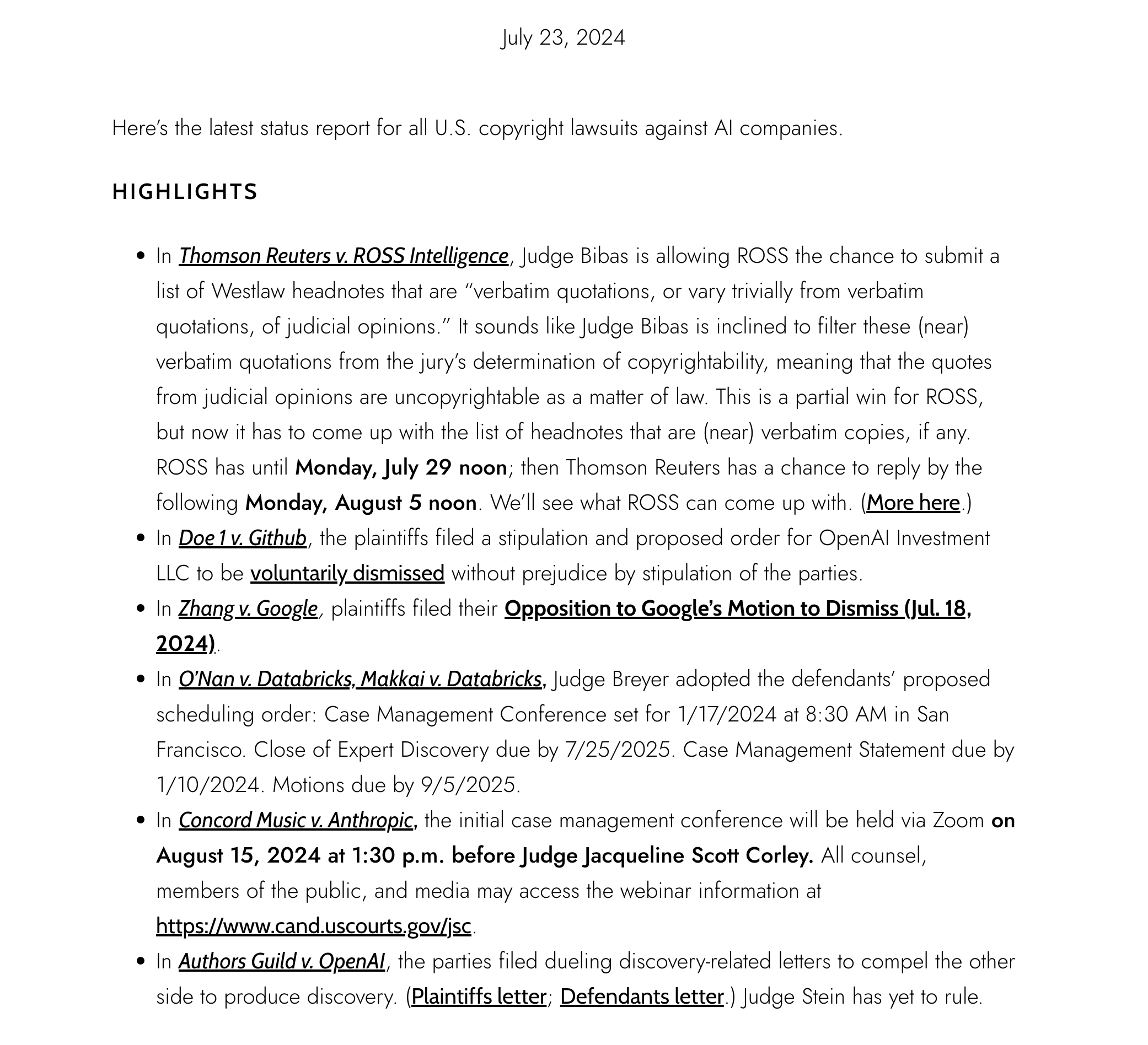In a noteworthy development for the AI research community, a TU Darmstadt team has successfully secured Amazon funding for an ambitious project. This marks the second instance within a brief two-year span where the esteemed university has received financial support from a renowned U.S. tech company.
At the helm of this endeavor is Prof. Dr. Iryna Gurevych, the distinguished head of TU Darmstadt’s Ubiquitous Knowledge Processing (UKP) Lab. The primary objective of this project is to make a significant impact on the AI landscape. It aims to construct an advanced “virtual research aide” that addresses an increasingly pressing concern within the scientific community.
The rapid evolution of Natural Language Processing (NLP) has introduced a challenge that even the most seasoned researchers find daunting – the burgeoning chasm in their knowledge base. This predicament is further compounded by the widespread adoption of machine learning algorithms and the proliferation of new language models, which have inundated the academic sphere with a deluge of scientific content.
AI research to the rescue
Acknowledging the gravity of this situation, TU Darmstadt’s research team, backed by Amazon, has taken it upon themselves to proffer a solution. Their mission is unequivocal: to design an AI-powered “virtual research aide” adept at promptly and accurately addressing researchers’ inquiries and knowledge voids.
By extracting pertinent information from the expansive reservoir of scientific literature, this virtual assistant will engage in organic language interactions with users, furnishing them with precise and dependable responses.
Ensuring precision and transparency
A salient aspect of this project is its unwavering commitment to precision. Diverging from the norm where many current chatbots, propelled by extensive language models, often yield erroneous information, this virtual assistant is resolute in upholding the highest standards of accuracy. The researchers have combined expansive language models and symbolic reasoning to mitigate the risk of generating inaccurate or misleading responses. This approach augments the quality of information disseminated and promotes transparency in the virtual assistant’s response generation process.
The research project, titled “Modeling Task-oriented Dialogues Grounded in Scientific Literature,” is charted over two years, spanning from 2023 to 2025, and boasts a budget in the low six figures. The financial backing from Amazon encompasses provisions for a PhD student position. Prof. Dr. Iryna Gurevych, a luminary in AI research and a founding member of hessian.ai, spearheads this project.
Potential applications beyond AI
While the project’s primary focus is to cater to the AI research community, its findings hold the promise of broader applications. Fields characterized by swiftly expanding knowledge repositories, such as medical research, stand to gain immensely from the streamlined knowledge access facilitated by this virtual assistant.
The potential to expedite research and decision-making processes transcends the realm of AI, bearing far-reaching consequences for professionals and researchers across diverse domains.
Sustaining the collaboration with Amazon
This collaborative venture between TU Darmstadt and Amazon underscores a dedicated commitment to advancing AI research. Notably, this isn’t the first instance where the two entities have joined forces. The preceding year, Professor Jan Peters’ robotics research at TU Darmstadt received financial support through an Amazon Research Award, further cementing the ongoing partnership.
In the relentless pursuit of knowledge, this collaboration between TU Darmstadt and Amazon represents a profound dedication to enhancing the accessibility, reliability, and impact of information. With the stage set for two years of rigorous research and development, the global community anticipates with bated breath the transformative repercussions that this project may usher in for the future of knowledge dissemination and exploration.





